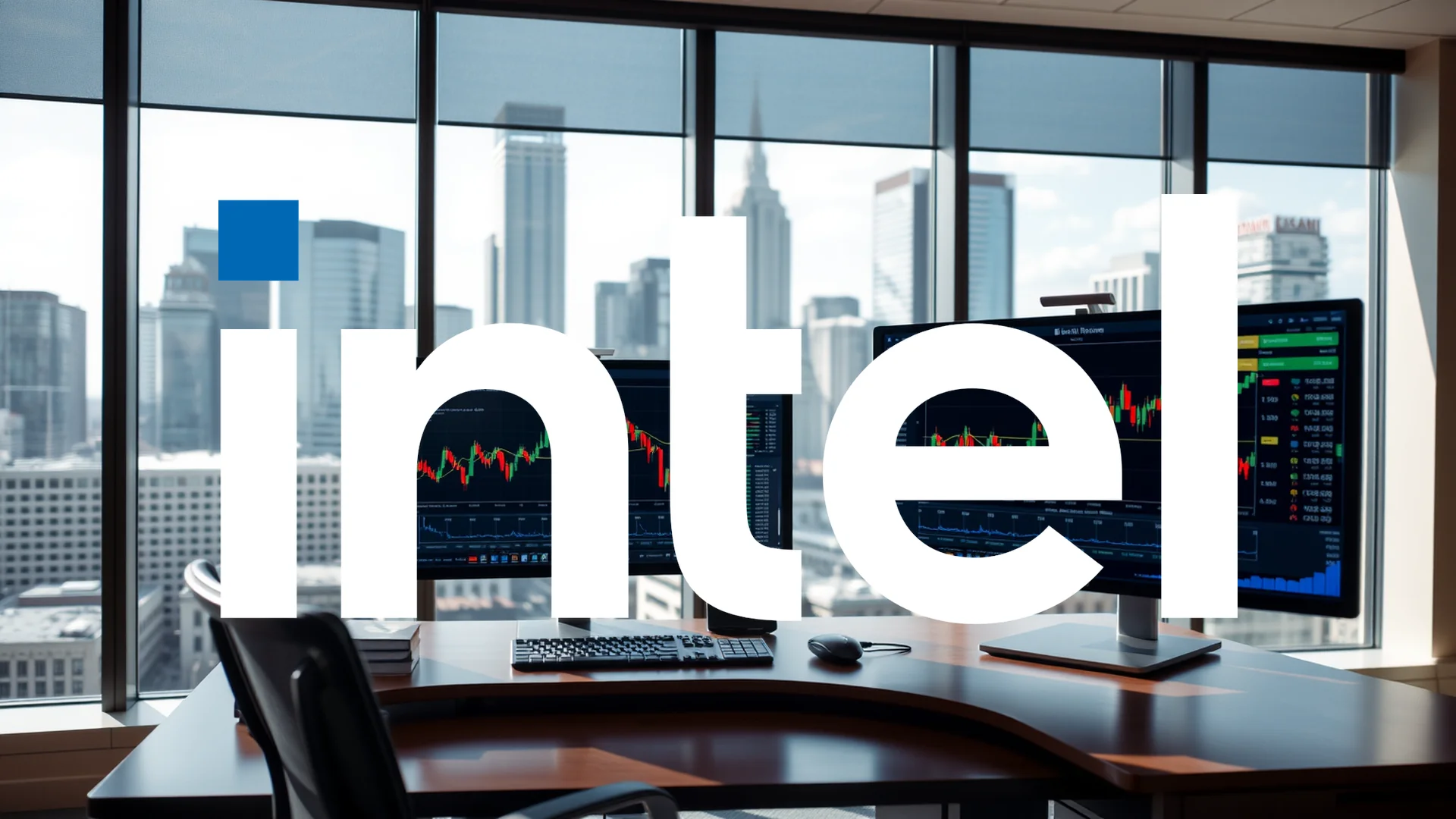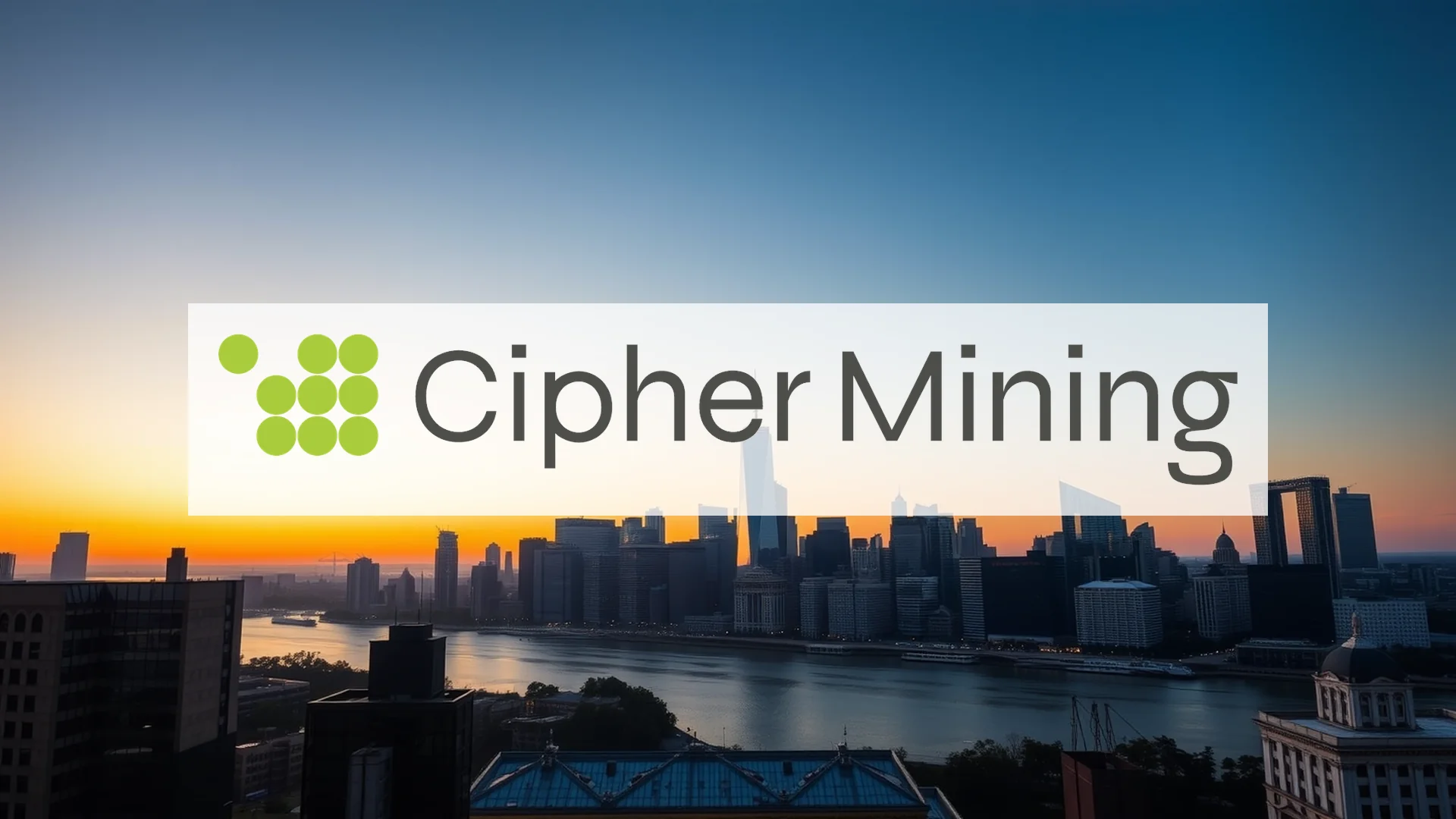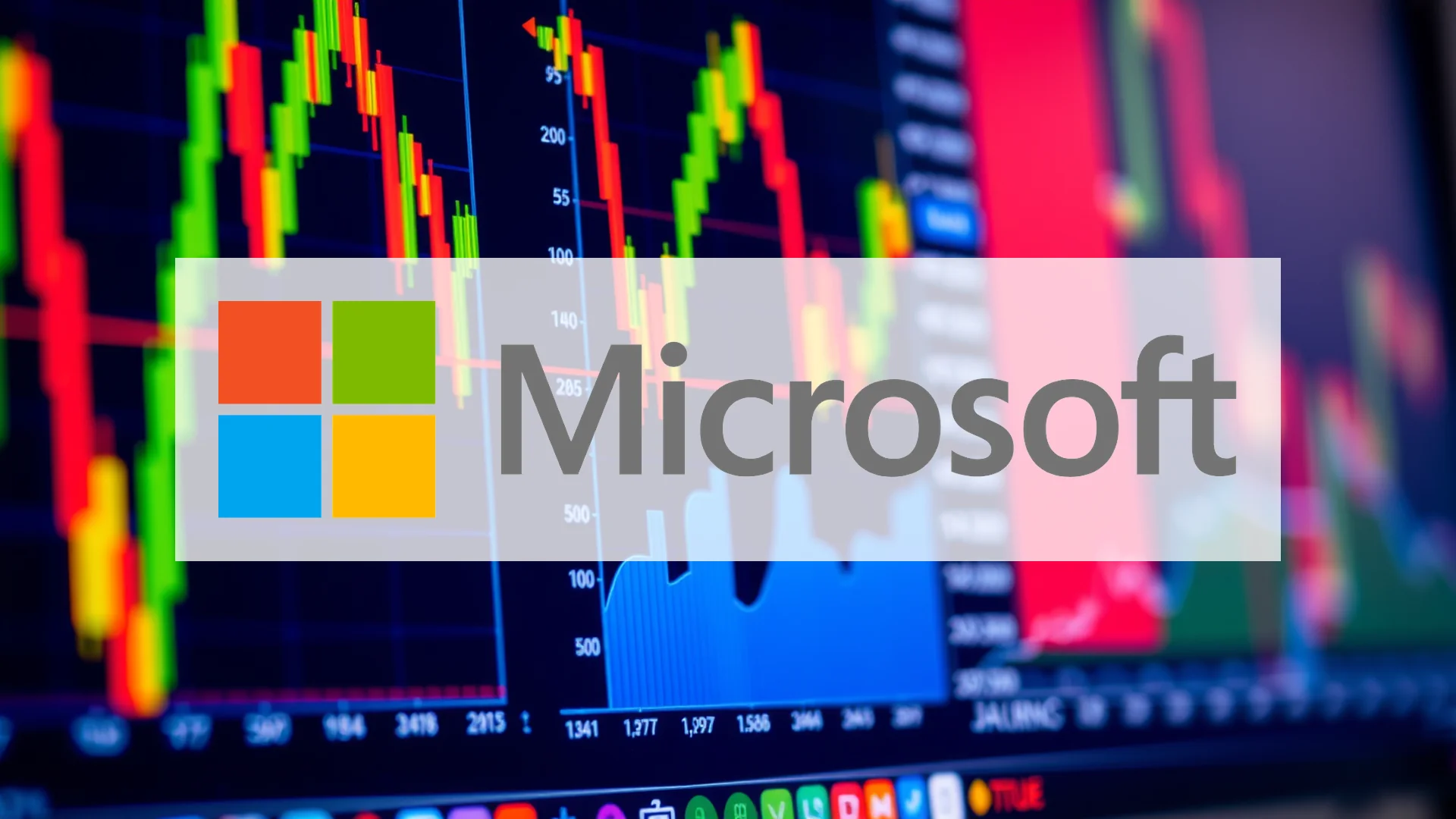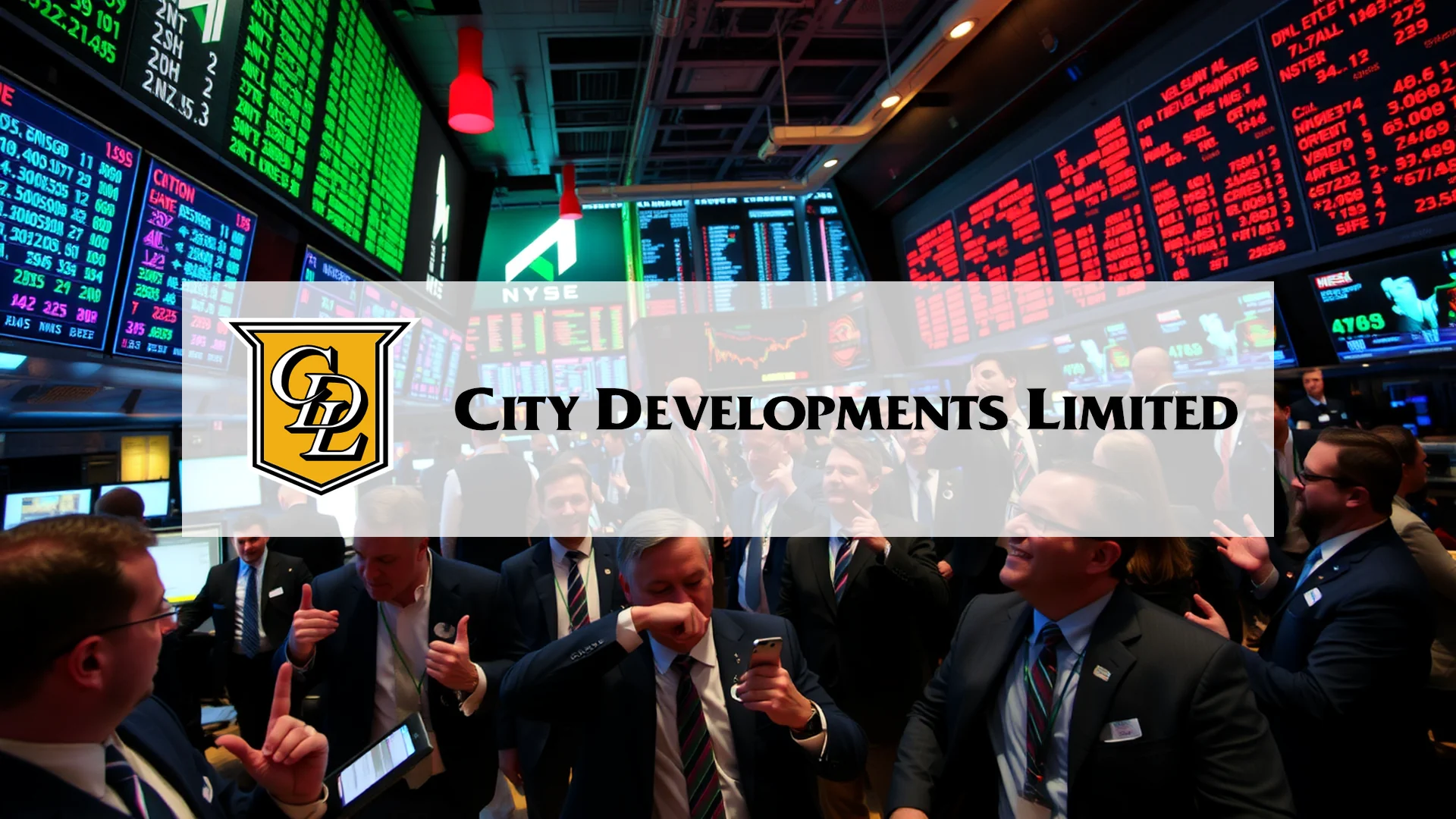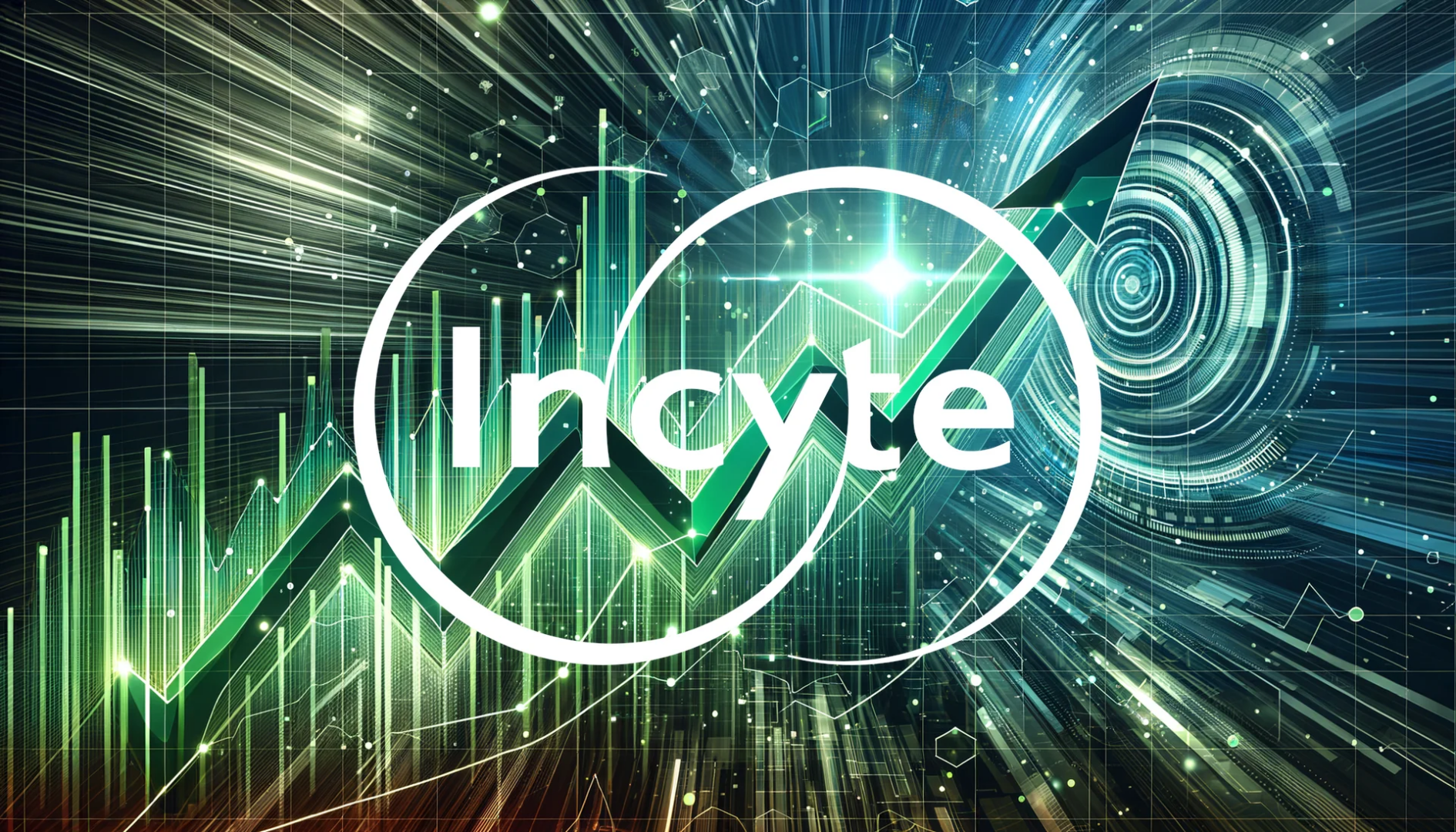After years of struggling to maintain its competitive edge, semiconductor giant Intel is experiencing an unprecedented influx of capital from multiple high-profile sources. In a surprising strategic shift, the company has secured over $15 billion in fresh funding within weeks, signaling potential transformation for the once-dominant chipmaker.
Unprecedented Financial Backing
The financial resurgence began in August when the United States government acquired approximately a 10 percent stake in Intel for $8.9 billion, paying $20.47 per share. This substantial government investment underscores Intel’s strategic importance in the global semiconductor landscape, particularly amid ongoing technological competition with China.
The momentum continued through September with two landmark deals. On September 18, NVIDIA—historically an Intel competitor—announced a $5 billion investment toward collaborative development of data center and PC products. Shortly after, SoftBank completed the funding trifecta with a private placement worth $2 billion, creating what analysts describe as a substantial war chest for Intel’s restructuring efforts.
Strategic Alliance Reshapes Competitive Dynamics
The partnership between NVIDIA and Intel represents one of the most significant developments in the semiconductor industry this year. The collaboration will integrate NVIDIA’s RTX GPU chiplets with Intel’s x86 system-on-chips, combining NVIDIA’s expertise in artificial intelligence and accelerated computing with Intel’s established CPU technologies.
This alliance provides mutual benefits: Intel gains crucial capital and technological expertise, while NVIDIA secures access to Intel’s manufacturing capabilities. The partnership marks a notable departure from traditional competitive posturing in the chip sector.
Should investors sell immediately? Or is it worth buying Intel?
Technological Advancements on the Horizon
Intel’s technological roadmap centers on its upcoming “Panther Lake” processors, which the company promises will deliver groundbreaking performance improvements. These chips will represent Intel’s first high-volume products manufactured using the new 18A process technology.
The company claims Panther Lake will achieve a 30 percent reduction in power consumption while delivering up to 50 percent performance gains in specific applications. The architecture employs an advanced hybrid design that combines performance cores with efficiency cores. Intel plans to reveal additional technical details on October 9, with market launch scheduled for early 2026.
Market Response and Analyst Perspectives
Despite the substantial financial injections and technological promises, market experts maintain cautious optimism. On October 6, UBS raised its price target for Intel shares from $35 to $40, citing optimism about the company’s foundry business and strategic investments. However, the firm maintained its “Neutral” rating on the stock.
Financial performance remains mixed. While the company’s financial position shows signs of stabilization, revenue continues to stagnate year-over-year, and Intel remains unprofitable. Adding to concerns, earnings estimates for 2025 and 2026 have been significantly revised downward, indicating persistent execution risks despite the recent positive developments.
The combination of massive financial backing, strategic partnerships, and promised technological advances presents a compelling case for Intel’s potential recovery. However, whether these developments will translate into sustainable financial performance remains the critical question for investors monitoring this evolving story.
Ad
Intel Stock: Buy or Sell?! New Intel Analysis from November 24 delivers the answer:
The latest Intel figures speak for themselves: Urgent action needed for Intel investors. Is it worth buying or should you sell? Find out what to do now in the current free analysis from November 24.
Intel: Buy or sell? Read more here...

